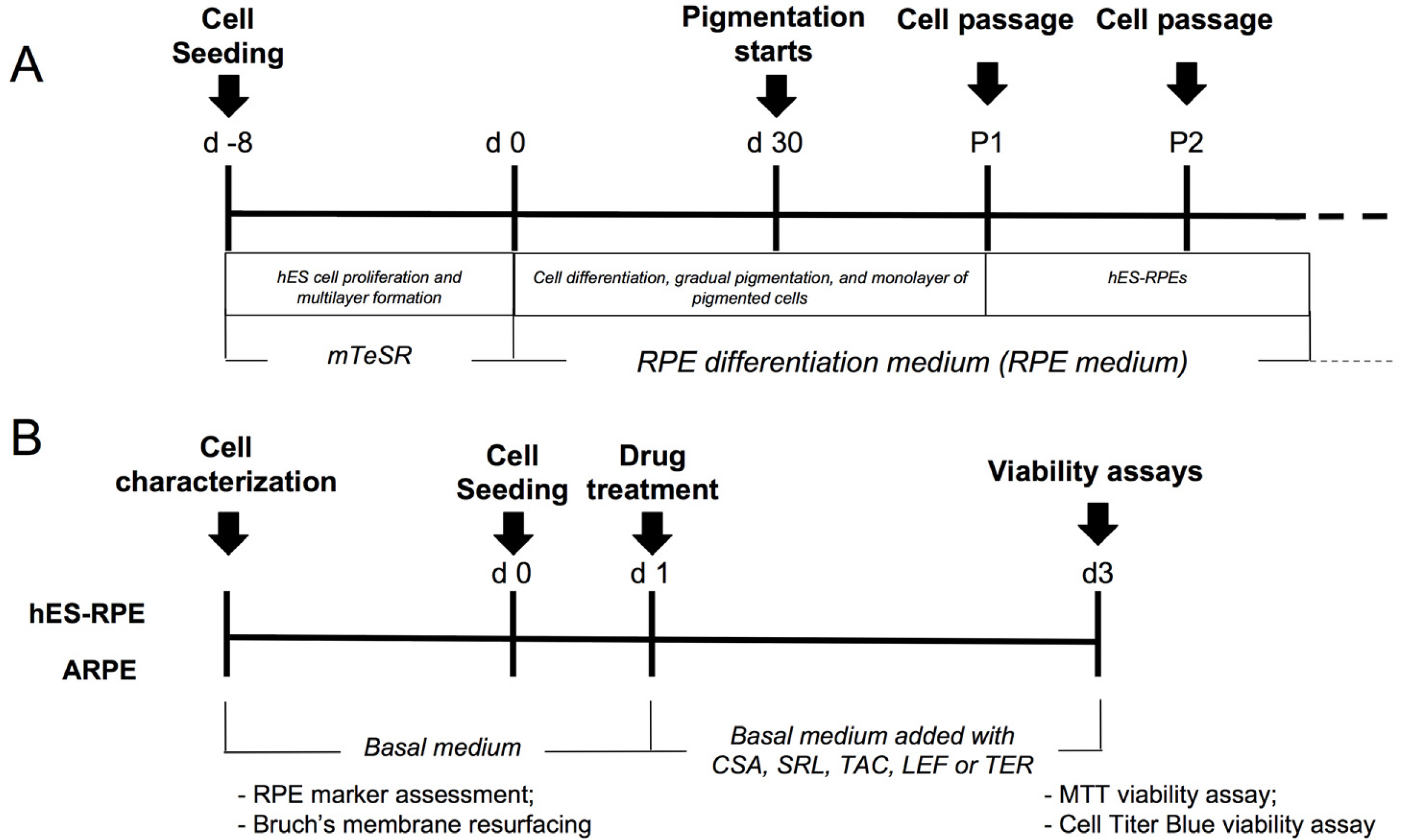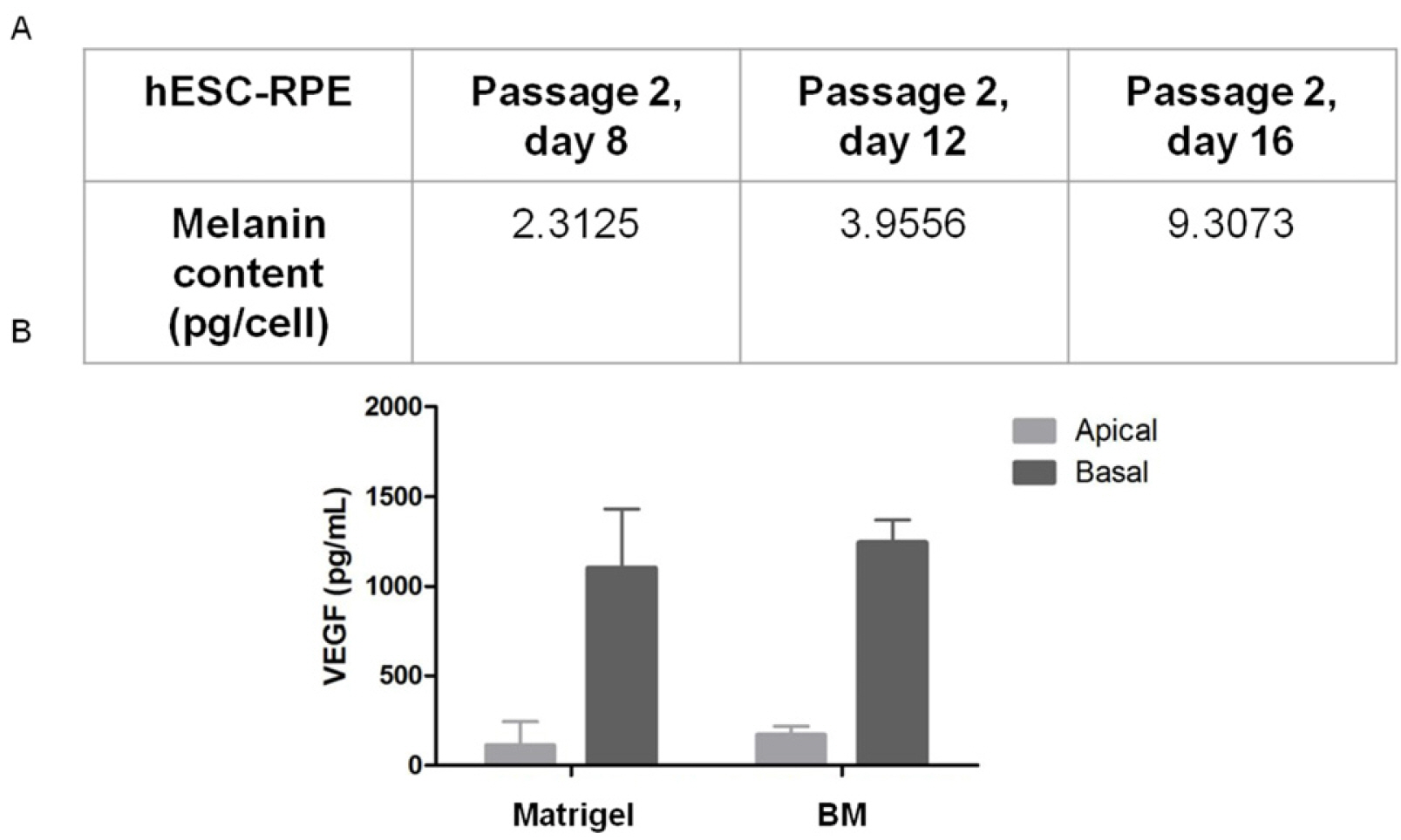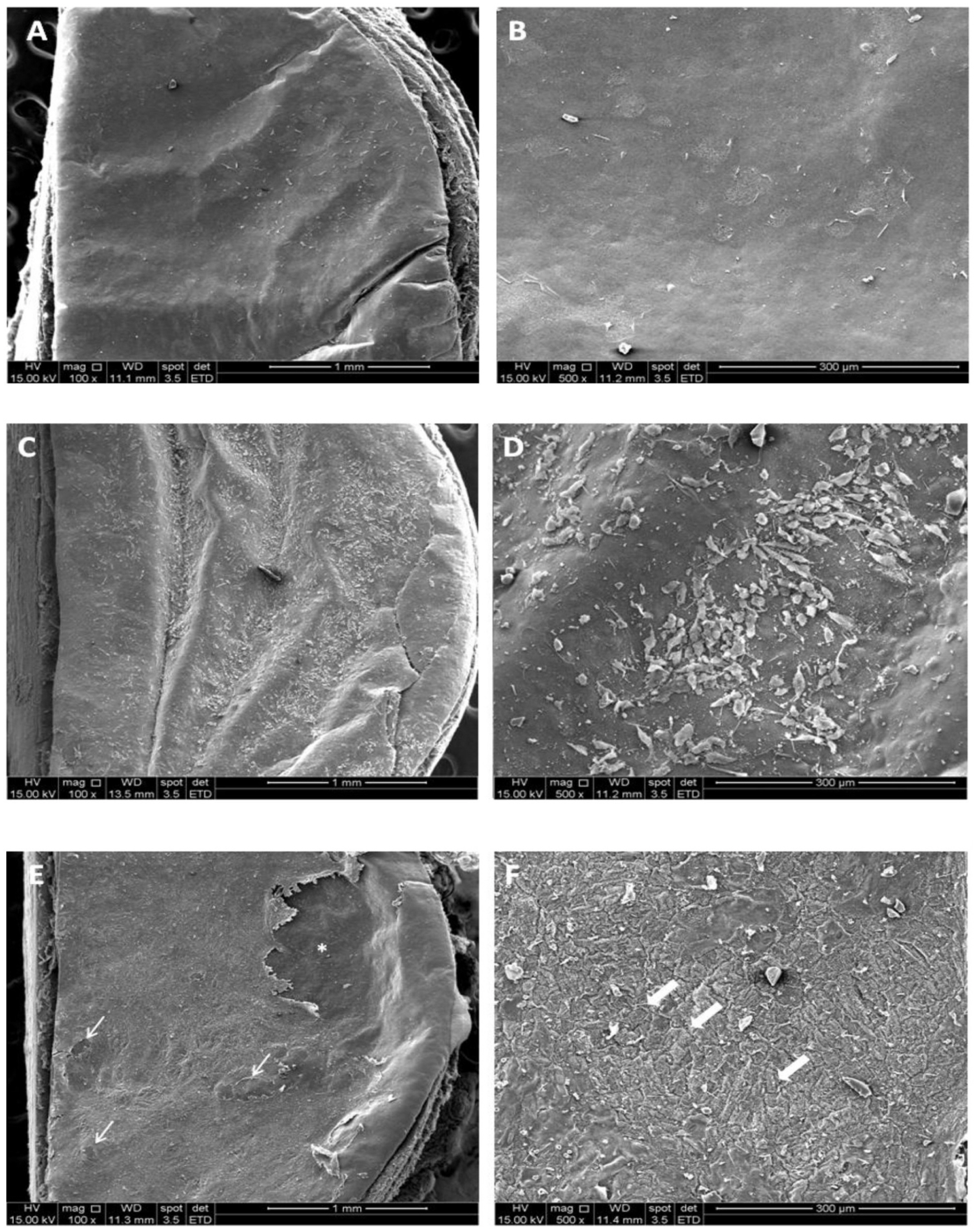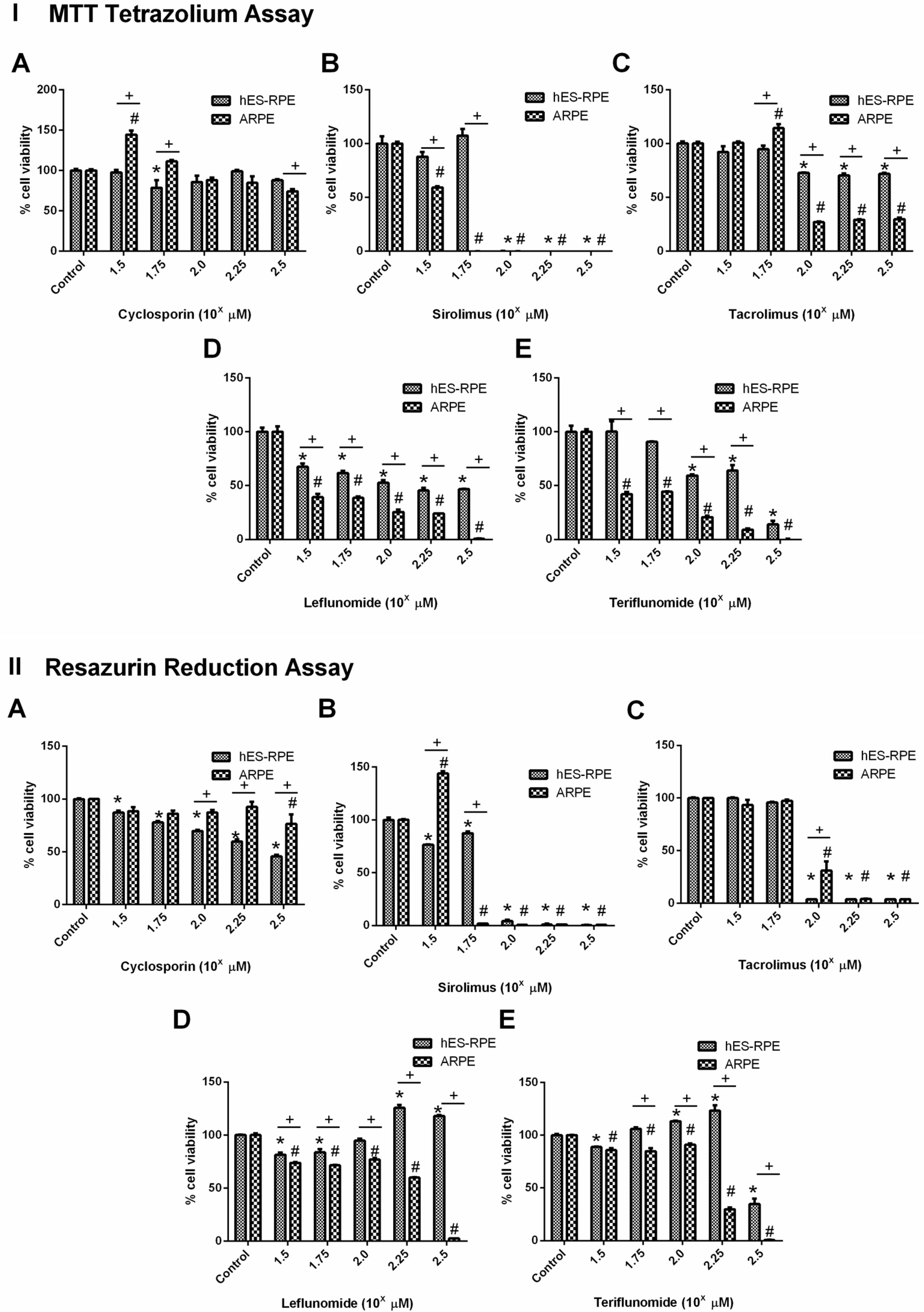1. Wilson SL, Ahearne M, Hopkinson A. 2015; An overview of current techniques for ocular toxicity testing. Toxicology. 327:32–46. DOI:
10.1016/j.tox.2014.11.003. PMID:
25445805.

2. Aberdam E, Petit I, Sangari L, Aberdam D. 2017; Induced pluripotent stem cell-derived limbal epithelial cells (LiPSC) as a cellular alternative for in vitro ocular toxicity testing. PLoS One. 12:e0179913. DOI:
10.1371/journal.pone.0179913. PMID:
28640863. PMCID:
PMC5481014.

3. del Amo EM, Vellonen KS, Kidron H, Urtti A. 2015; Intravitreal clearance and volume of distribution of compounds in rabbits: In silico prediction and pharmacokinetic simulations for drug development. Eur J Pharm Biopharm. 95(Pt B):215–226. DOI:
10.1016/j.ejpb.2015.01.003. PMID:
25603198.

4. Barar J, Asadi M, Mortazavi-Tabatabaei SA, Omidi Y. 2009; Ocular drug delivery; impact of In vitro cell culture models. J Ophthalmic Vis Res. 4:238–252.
5. Combes RD, Shah AB. 2016; The use of in vivo, ex vivo, in vitro, computational models and volunteer studies in vision research and therapy, and their contribution to the Three Rs. Altern Lab Anim. 44:187–238. DOI:
10.1177/026119291604400302. PMID:
27494623.

6. Dunn KC, Aotaki-Keen AE, Putkey FR, Hjelmeland LM. 1996; ARPE-19, a human retinal pigment epithelial cell line with differentiated properties. Exp Eye Res. 62:155–169. DOI:
10.1006/exer.1996.0020. PMID:
8698076.

7. Hosoya K, Tomi M, Ohtsuki S, Takanaga H, Ueda M, Yanai N, Obinata M, Terasaki T. 2001; Conditionally immor-talized retinal capillary endothelial cell lines (TR-iBRB) expressing differentiated endothelial cell functions derived from a transgenic rat. Exp Eye Res. 72:163–172. DOI:
10.1006/exer.2000.0941. PMID:
11161732.

9. Hartnett ME, Lappas A, Darland D, McColm JR, Lovejoy S, D'Amore PA. 2003; Retinal pigment epithelium and endothelial cell interaction causes retinal pigment epithelial barrier dysfunction via a soluble VEGF-dependent mechanism. Exp Eye Res. 77:593–599. DOI:
10.1016/S0014-4835(03)00189-1. PMID:
14550401.

11. Hansson ML, Albert S, González Somermeyer L, Peco R, Mejía-Ramírez E, Montserrat N, Izpisua Belmonte JC. 2015; Efficient delivery and functional expression of transfected modified mRNA in human embryonic stem cell-derived retinal pigmented epithelial cells. J Biol Chem. 290:5661–5672. DOI:
10.1074/jbc.M114.618835. PMID:
25555917. PMCID:
PMC4342478.

12. Lakkaraju A, Umapathy A, Tan LX, Daniele L, Philp NJ, Boesze-Battaglia K, Williams DS. 2020; The cell biology of the retinal pigment epithelium. Prog Retin Eye Res. [Epub ahead of print]. DOI:
10.1016/j.preteyeres.2020.100846. PMID:
32105772.

13. Klimanskaya I, Hipp J, Rezai KA, West M, Atala A, Lanza R. 2004; Derivation and comparative assessment of retinal pigment epithelium from human embryonic stem cells using transcriptomics. Cloning Stem Cells. 6:217–245. DOI:
10.1089/clo.2004.6.217. PMID:
15671670.

14. Kashani AH. 2016; Stem cell therapy in nonneovascular age-related macular degeneration. Invest Ophthalmol Vis Sci. 57:ORSFm1–9. DOI:
10.1167/iovs.15-17681. PMID:
27116669.

15. Nazari H, Zhang L, Zhu D, Chader GJ, Falabella P, Stefanini F, Rowland T, Clegg DO, Kashani AH, Hinton DR, Humayun MS. 2015; Stem cell based therapies for age-related macular degeneration: the promises and the challenges. Prog Retin Eye Res. 48:1–39. DOI:
10.1016/j.preteyeres.2015.06.004. PMID:
26113213.

16. De Paiva MRB, Lage NA, Guerra MCA, Mol MPG, Ribeiro MCS, Fulgêncio GO, Gomes DA, Da Costa César I, Fialho SL, Silva-Cunha A. 2019; Toxicity and in vivo release profile of sirolimus from implants into the vitreous of rabbits' eyes. Doc Ophthalmol. 138:3–19. DOI:
10.1007/s10633-018-9664-8. PMID:
30456454.

17. Grambergs R, Mondal K, Mandal N. 2019; Inflammatory ocular diseases and sphingolipid signaling. Adv Exp Med Biol. 1159:139–152. DOI:
10.1007/978-3-030-21162-2_8. PMID:
31502203.

18. Hassan M, Karkhur S, Bae JH, Halim MS, Ormaechea MS, Onghanseng N, Nguyen NV, Afridi R, Sepah YJ, Do DV, Nguyen QD. 2019; New therapies in development for the management of non-infectious uveitis: a review. Clin Exp Ophthalmol. 47:396–417. DOI:
10.1111/ceo.13511. PMID:
30938012.

19. Kaçmaz RO, Kempen JH, Newcomb C, Daniel E, Gangaputra S, Nussenblatt RB, Rosenbaum JT, Suhler EB, Thorne JE, Jabs DA, Levy-Clarke GA, Foster CS. 2010; Cyclosporine for ocular inflammatory diseases. Ophthalmology. 117:576–584. DOI:
10.1016/j.ophtha.2009.08.010. PMID:
20031223. PMCID:
PMC2830390.

20. Nguyen QD, Merrill PT, Sepah YJ, Ibrahim MA, Banker A, Leonardi A, Chernock M, Mudumba S, Do DV. 2018; Intravitreal sirolimus for the treatment of noninfectious uveitis: evolution through preclinical and clinical studies. Ophthalmology. 125:1984–1993. DOI:
10.1016/j.ophtha.2018.06.015. PMID:
30060978.

21. Lee YJ, Kim SW, Seo KY. 2013; Application for tacrolimus ointment in treating refractory inflammatory ocular surface diseases. Am J Ophthalmol. 155:804–813. DOI:
10.1016/j.ajo.2012.12.009. PMID:
23394907.

22. Fang CB, Zhou DX, Zhan SX, He Y, Lin Z, Huang C, Li J. 2013; Amelioration of experimental autoimmune uveitis by leflunomide in Lewis rats. PLoS One. 8:e62071. DOI:
10.1371/journal.pone.0062071. PMID:
23626769. PMCID:
PMC3633904.

23. Robertson SM, Lang LS. 1994; Leflunomide: inhibition of S-antigen induced autoimmune uveitis in Lewis rats. Agents Actions. 42:167–172. DOI:
10.1007/BF01983486. PMID:
7879705.

24. Ramos-Casals M, Brito-Zerón P, Bombardieri S, Bootsma H, De Vita S, Dörner T, Fisher BA, Gottenberg JE, Hernandez-Molina G, Kocher A, Kostov B, Kruize AA, Mandl T, Ng WF, Retamozo S, Seror R, Shoenfeld Y, Sisó- Almirall A, Tzioufas AG, Vitali C, Bowman S, Mariette X. 2020; EULAR recommendations for the management of Sjögren's syndrome with topical and systemic therapies. Ann Rheum Dis. 79:3–18. DOI:
10.1136/annrheumdis-2019-216114. PMID:
31672775.

25. Thomson JA, Itskovitz-Eldor J, Shapiro SS, Waknitz MA, Swiergiel JJ, Marshall VS, Jones JM. 1998; Embryonic stem cell lines derived from human blastocysts. Science. 282:1145–1147. DOI:
10.1126/science.282.5391.1145. PMID:
9804556.

26. Song MK, Lui GM. 1990; Propagation of fetal human RPE cells: preservation of original culture morphology after serial passage. J Cell Physiol. 143:196–203. DOI:
10.1002/jcp.1041430127. PMID:
2318907.

27. Liu Y, Xu HW, Wang L, Li SY, Zhao CJ, Hao J, Li QY, Zhao TT, Wu W, Wang Y, Zhou Q, Qian C, Wang L, Yin ZQ. 2018; Human embryonic stem cell-derived retinal pigment epithelium transplants as a potential treatment for wet age-related macular degeneration. Cell Discov. 4:50. DOI:
10.1038/s41421-018-0053-y. PMID:
30245845. PMCID:
PMC6143607.

28. Schwartz SD, Hubschman JP, Heilwell G, Franco-Cardenas V, Pan CK, Ostrick RM, Mickunas E, Gay R, Klimanskaya I, Lanza R. 2012; Embryonic stem cell trials for macular degeneration: a preliminary report. Lancet. 379:713–720. DOI:
10.1016/S0140-6736(12)60028-2. PMID:
22281388.

29. Schwartz SD, Regillo CD, Lam BL, Eliott D, Rosenfeld PJ, Gregori NZ, Hubschman JP, Davis JL, Heilwell G, Spirn M, Maguire J, Gay R, Bateman J, Ostrick RM, Morris D, Vincent M, Anglade E, Del Priore LV, Lanza R. 2015; Human embryonic stem cell-derived retinal pigment epithelium in patients with age-related macular degeneration and Stargardt's macular dystrophy: follow-up of two open-label phase 1/2 studies. Lancet. 385:509–516. DOI:
10.1016/S0140-6736(14)61376-3.

30. Sugino IK, Gullapalli VK, Sun Q, Wang J, Nunes CF, Cheewatrakoolpong N, Johnson AC, Degner BC, Hua J, Liu T, Chen W, Li H, Zarbin MA. 2011; Cell-deposited matrix improves retinal pigment epithelium survival on aged submacular human Bruch's membrane. Invest Ophthalmol Vis Sci. 52:1345–1358. DOI:
10.1167/iovs.10-6112. PMID:
21398292. PMCID:
PMC3101675.

31. Sugino IK, Sun Q, Wang J, Nunes CF, Cheewatrakoolpong N, Rapista A, Johnson AC, Malcuit C, Klimanskaya I, Lanza R, Zarbin MA. 2011; Comparison of FRPE and human embryonic stem cell-derived RPE behavior on aged human Bruch's membrane. Invest Ophthalmol Vis Sci. 52:4979–4997. DOI:
10.1167/iovs.10-5386. PMID:
21460262. PMCID:
PMC3176062.

32. Mosmann T. 1983; Rapid colorimetric assay for cellular growth and survival: application to proliferation and cytotoxicity assays. J Immunol Methods. 65:55–63. DOI:
10.1016/0022-1759(83)90303-4. PMID:
6606682.

33. Maminishkis A, Chen S, Jalickee S, Banzon T, Shi G, Wang FE, Ehalt T, Hammer JA, Miller SS. 2006; Confluent monolayers of cultured human fetal retinal pigment epithelium exhibit morphology and physiology of native tissue. Invest Ophthalmol Vis Sci. 47:3612–3624. DOI:
10.1167/iovs.05-1622. PMID:
16877436. PMCID:
PMC1904392.

34. Kokkinaki M, Sahibzada N, Golestaneh N. 2011; Human induced pluripotent stem-derived retinal pigment epithelium (RPE) cells exhibit ion transport, membrane potential, polarized vascular endothelial growth factor secretion, and gene expression pattern similar to native RPE. Stem Cells. 29:825–835. DOI:
10.1002/stem.635. PMID:
21480547. PMCID:
PMC3322554.

35. Fronk AH, Vargis E. 2016; Methods for culturing retinal pigment epithelial cells: a review of current protocols and future recommendations. J Tissue Eng. 7:2041731416650838. DOI:
10.1177/2041731416650838. PMID:
27493715. PMCID:
PMC4959307.

36. Juuti-Uusitalo K, Vaajasaari H, Ryhänen T, Narkilahti S, Suuronen R, Mannermaa E, Kaarniranta K, Skottman H. 2012; Efflux protein expression in human stem cell-derived retinal pigment epithelial cells. PLoS One. 7:e30089. DOI:
10.1371/journal.pone.0030089. PMID:
22272278. PMCID:
PMC3260202.

37. Luo Y, Zhuo Y, Fukuhara M, Rizzolo LJ. 2006; Effects of culture conditions on heterogeneity and the apical junctional complex of the ARPE-19 cell line. Invest Ophthalmol Vis Sci. 47:3644–3655. DOI:
10.1167/iovs.06-0166. PMID:
16877439.

38. Zarbin MA. 2003; Analysis of retinal pigment epithelium integrin expression and adhesion to aged submacular human Bruch's membrane. Trans Am Ophthalmol Soc. 101:499–520. PMID:
14971591. PMCID:
PMC1359002.
40. Morizur L, Herardot E, Monville C, Ben M'Barek K. 2020; Human pluripotent stem cells: a toolbox to understand and treat retinal degeneration. Mol Cell Neurosci. 107:103523. DOI:
10.1016/j.mcn.2020.103523. PMID:
32634576.

41. Mannermaa E, Vellonen KS, Urtti A. 2006; Drug transport in corneal epithelium and blood-retina barrier: emerging role of transporters in ocular pharmacokinetics. Adv Drug Deliv Rev. 58:1136–1163. DOI:
10.1016/j.addr.2006.07.024. PMID:
17081648.










 PDF
PDF Citation
Citation Print
Print


 XML Download
XML Download